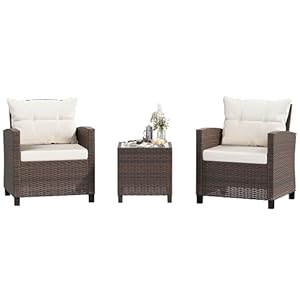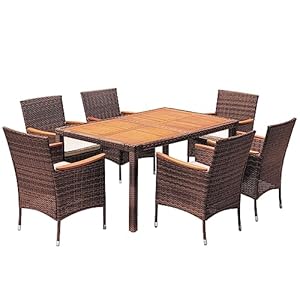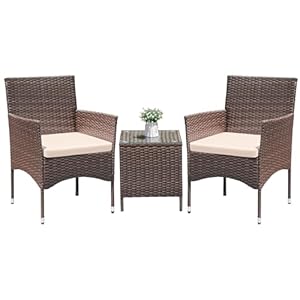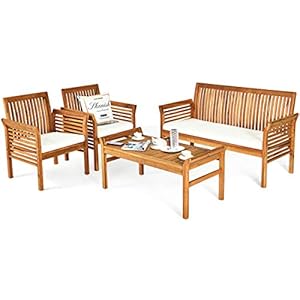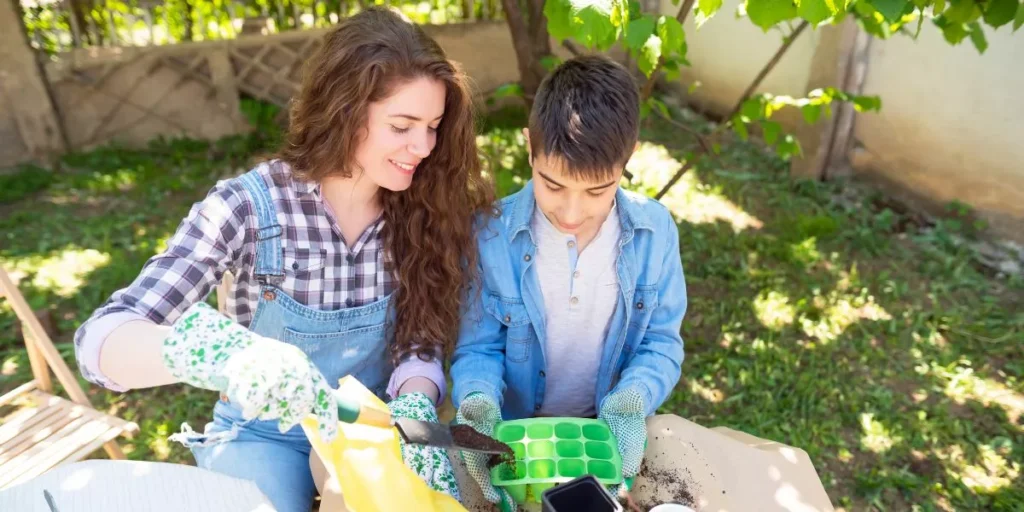
If you’ve been looking to revamp your outdoor space and breathe new life into your garden, DIY landscaping ideas might just be the answer you’re seeking. Imagine the satisfaction of creating a personalized oasis right in your backyard, tailored to your preferences and needs. From selecting the perfect plants to designing unique pathways, the possibilities are endless. By implementing these ideas, you can truly transform your garden into a haven that reflects your style and provides a serene escape from the daily hustle and bustle.
Planning Your Garden Layout
When planning your garden layout, consider the natural lighting and soil conditions to ensure optimal growth for your plants. Start by observing how sunlight moves across your yard throughout the day. This will help you determine which areas receive full sun, partial sun, or shade. Different plants have varying light requirements, so it’s essential to match them with the appropriate locations in your garden.
Next, assess the soil quality in different areas of your yard. Some plants thrive in well-draining sandy soil, while others prefer rich, loamy soil. You can improve your soil quality by adding organic matter like compost or manure. Understanding your soil type will help you select plants that will flourish in your garden.
Additionally, consider the layout of your garden beds. Group plants with similar water and sunlight needs together to make watering and maintenance more manageable. Creating a diverse mix of plants will also promote a healthy ecosystem in your garden.
Incorporating Functional Elements
To enhance both the aesthetic appeal and functionality of your garden, consider incorporating elements that serve practical purposes alongside your plants. Adding a compost bin not only helps with waste management but also provides nutrient-rich soil for your garden.
Installing a water feature like a birdbath or a small pond not only attracts wildlife but also adds a calming ambiance to your outdoor space.
Including a seating area, whether it’s a cozy bench or a set of chairs, allows you to relax and enjoy your garden while taking in the beauty around you.
Integrate pathways made of materials like gravel, mulch, or stepping stones to create easy access to different areas of your garden and prevent trampling on delicate plants.
Additionally, setting up a dedicated space for tools and equipment storage ensures everything is organized and within reach when needed.
Adding Creative Hardscaping Features
Consider incorporating unique hardscaping features to add character and functionality to your garden design. Hardscaping elements, such as pathways, patios, and decorative walls, can transform your outdoor space into a visually appealing and practical area.
One creative idea is to use reclaimed materials like old bricks or stones to build a charming pathway that adds a rustic touch to your garden. Incorporating a water feature, like a small fountain or a pond, can also enhance the ambiance of your garden while attracting birds and wildlife.
To create a cozy gathering spot, consider adding a fire pit surrounded by comfortable seating where you can relax and entertain guests on cool evenings. Another interesting hardscaping feature to consider is a pergola or arbor, which not only adds visual interest but also provides a structure for climbing plants like vines or flowers. These features can add vertical dimension to your garden and create a sense of enclosure and privacy.
Enhancing With Seasonal Plants and Flowers
Enhance your garden’s beauty and vibrancy by incorporating a variety of seasonal plants and flowers. Start by researching which plants flourish best in your specific climate during each season. For spring, consider tulips, daffodils, and pansies to bring bursts of color. Summer blooms like roses, sunflowers, and hydrangeas can add a lush feel to your garden. In the fall, opt for chrysanthemums, asters, and ornamental kale for a cozy and warm atmosphere. Winter-friendly plants such as holly bushes, winter jasmine, and ornamental cabbages can brighten up your garden during the colder months.
When planning your garden, think about the different heights, colors, and textures each plant offers. Mixing various seasonal plants strategically can create a dynamic and visually appealing landscape. Additionally, don’t forget to consider the blooming times of each plant to ensure a continuous display of colors throughout the year. By incorporating seasonal plants and flowers, you can transform your garden into a vibrant and ever-changing oasis for you to enjoy.
Garden

